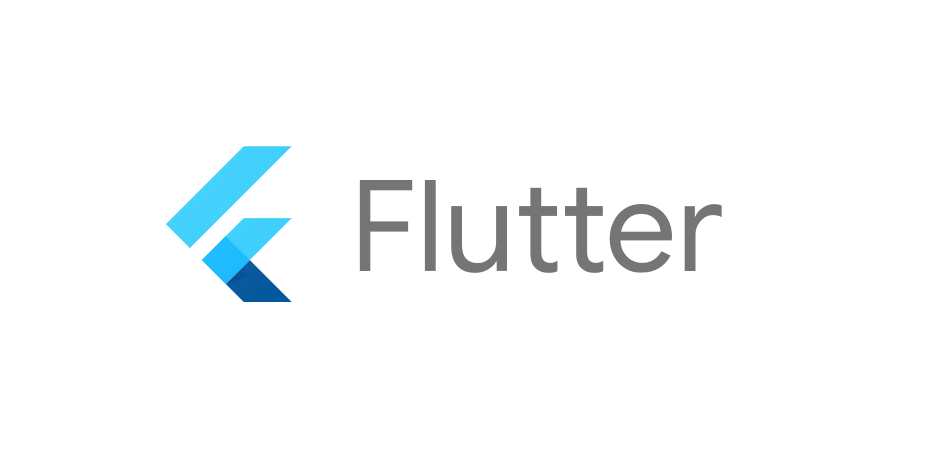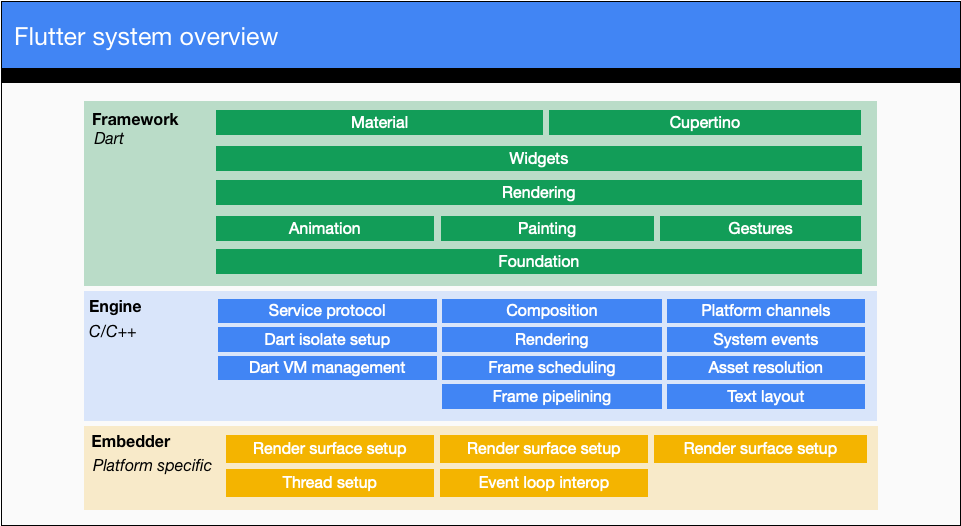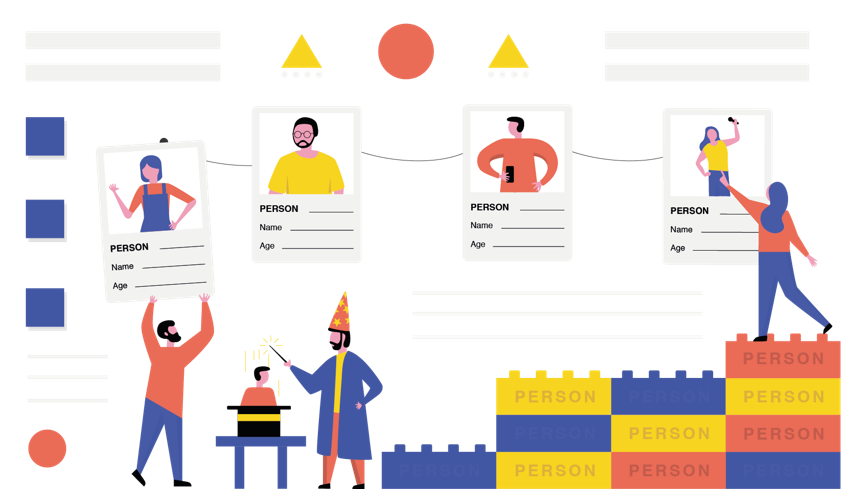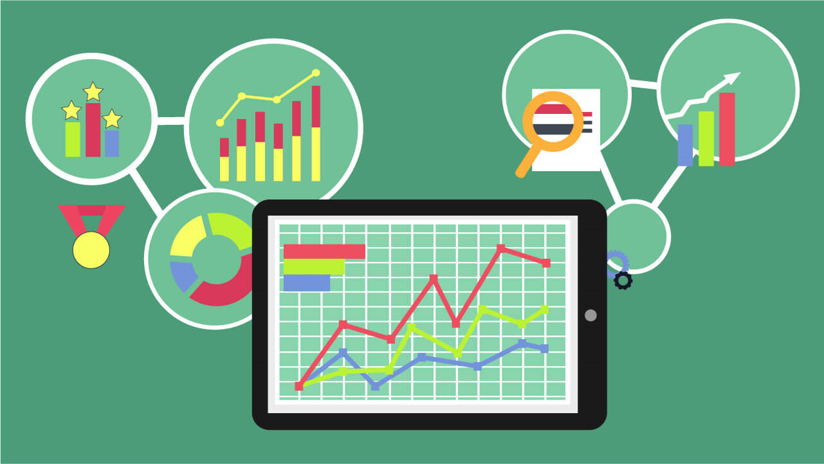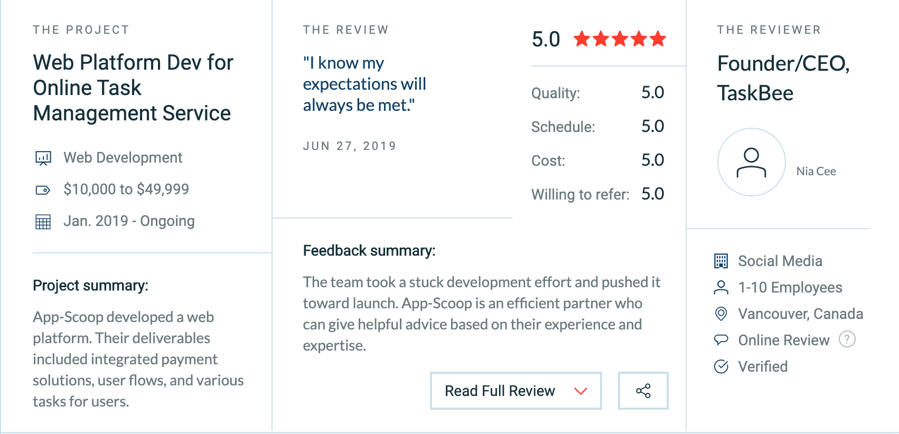So, what are on-demand delivery applications?
- Glamsquad delivers professional hair and makeup artists.
- Soothe sends a massage therapist home within an hour.
- Chime connects babysitters and parents on Saturday night.
- Urbanclap sends househelp home in a matter of hours.
On-demand apps are being made like hot cakes for different services. Do you wish to build such an app on Android or iOS platforms or both? How much does it cost? Let’s find out!
How Does an On-Demand Service App Work?
Before beginning to create an app, we must understand the basic process of how it will work.
- First step is that a service provider will lists his/her set of skills and expertise via a vendor account.
- Then, a buyer will request the details of the service he/she wants.
- The service provider will display the details of the service to the buyer and a communication begins with the help of the in-built messenger in the app.
- If the buyer decides to opt for the service, he/she will pay for it with the help of an in-built payment gateway.
- Lastly, once the service is used the buyer will update a review to rate the service provider.
Now, when the buyer logs into the app to request for a service, it should be easy for them to use an app – basically, the app needs to be intuitive and not too complex. Let’s take a look at some of the characteristics that are needed for an on-demand delivery app.
- Easy to navigate
- Quick delivery of products/services
- Freelancers providing or selling services
- Easy payment method
- Competitive pricing
- Rating system
- Special offers/Promo codes
Types of On-Demand Service Apps
There are three types of on-demand service apps for end users.
Business to Customer (B2C)
This is the most common category, where the app provides service directly to the customer. Some examples include, Uber, Zomato, Booking.com, Netflix, etc.
Business to Business (B2B)
This type of service is when two organizations connect in order to make a profit. They include transportation services, banking, etc. Some examples include, Catalant, Eventio, and Cargomatic.
Customer to Customer (C2C)
Lastly, we have apps that cater services that one customer offers to the other customer – basically, it helps connecting two customers, the one who wants a service to the one who provides that service. Some examples include, Rover (dog walking app) or Airbnb (renting a flat).
How to Build an On-Demand Service Mobile App: Essential Features
So, now let’s understand how to build an app for connecting buyers and sellers – it will consist of three parts:
App for buyers: Here, consumers can search for services that they need, see reviews, pricing and track orders.
App for service providers: This is where the companies list their services and create a communication network with clients.
Admin panel: Allows you to group the services and providers, manage the data, track payments and allows the user to access the app.
Estimating the App Cost
To begin understanding the cost estimation of app, it is necessary to understand the process of development itself. It is easy to generate a cost estimate for the entire project, once you understand the tasks involved and how long they take. Let’s take a look at some important aspects that help us decide:
Timeline
- App design timeline
- App development timeline
- Backend development
- Frontend development
The Team Working on the App
- UI/UX designer
- Android/iOS developer
- Backend developer
- Business analyst
- QA engineer
- Project manager
Key On-Demand App Features
- Signing up
- Generating orders
- Scheduling deliveries
- Tracking deliveries on a map
- Paying for deliveries
- Rating or providing feedback on deliveries
- Product search
- Shopping cart
- Wishlist
- Real-time messaging or calls
- Account settings
- Notifications
- Order history
On-Demand App Development Cost
A simple single platform on-demand application will have a costing of around $30,000 which is quite reasonable compared to service apps such as, ecommerce or social networking. For more complex projects, such as adding the rating and reviews option, referrals, promo codes, special offers, payments, mobile wallets or incorporating different user roles, the costs will vary.
The two critical factors that affect cost are design and functionality. Paying for good app design, especially where the app is intended for widespread circulation should be therefore, considered an investment. The functionality of apps can be categorized into standalone, database dependent apps, web-based apps, games and productivity apps. Server-based apps and those involving complex user interactions are sure to cost more than the other apps. Android and iOS are compatible on-demand delivery apps will vary slightly in terms of cost – testing as well as launching it into the market.
Some of the Time-Consuming Features of App Development
- Admin panel – 150 hours on average
- Delivery status – 110 hours on average
- Payment processing – 80 hours on average
- Push notifications – 48 hours on average
- Booking delivery – 120 hours on average
Total costs for the development of an on-demand delivery app = Total hours spent on developing the app X Vendor rate
How to Minimize Transport and Delivery Costs
There are a few tricks that will help you to minimize costs while create an on-demand delivery app. All it takes is some deliberate planning to develop an operation schedule that will minimize costs – once the app is operationalized, several steps can be accomplished.
Route Synchronization
Many app companies gather orders of a particular area and then dispatch them together. This way the company saves significantly on the delivery costs as opposed to drivers handling each order – this business model allows them to earn about 20% of each order amount. For example, companies like Roadie and Hitch capitalizes on route synchronization.
Restricting the Delivery Radius
You can minimize company costs by putting restrictions in place for the delivery radius. Couriers are only allowed to deliver within a certain radius, thereby cutting on the cost of fuel and the wear and tear of the vehicle. For example, Deliv restricts its couriers to a radius of 15 miles.
Using Energy-Efficient Transport Systems
Another great way of cutting back on delivery costs is to use energy-efficient transport vehicles such as bikes. Bikes are an excellent delivery option to deliver small packages. For instance, Zomato used bikes or scooters to deliver orders to customers. Also, it is easier to find an independent delivery person on a lookout to make quick money.
Wrapping It Up
Easy to access and use, on-demand applications are quite an interesting and profitable ventures to further work on. People will always need to get things done, and with the current rhythm of life, on-demand services may eventually become, if not already, a complete on-demand economy. To achieve this, contact App-Scoop team now!



